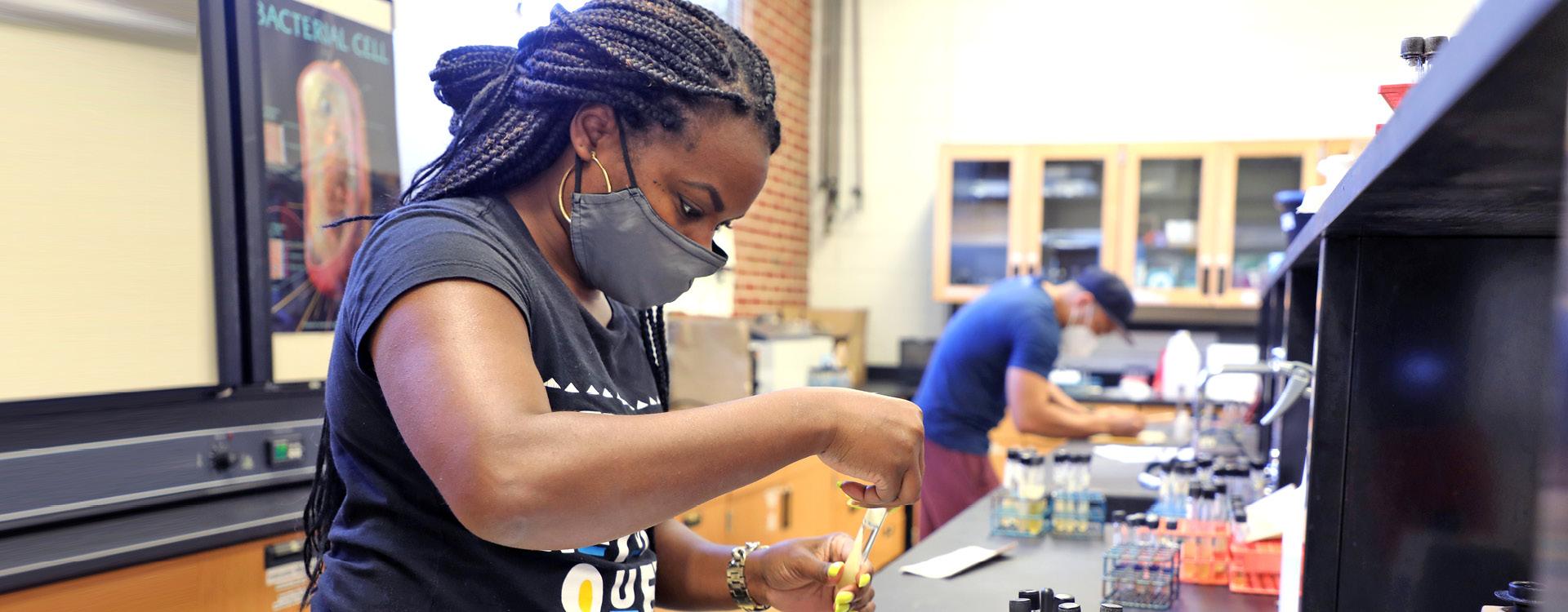Introducing Guided Career Pathways
Download the brochure (PDF)
A Guided Career Pathway at ²Ê¿â±¦µäapp is designed to help students make simple and informed decisions when selecting a credit or non-credit program, as well as identify and research those programs based on career salary ranges and labor marketing information, and to create a more structured approach to program completion.
How Pathways Work
²Ê¿â±¦µäapp has seven Guided Career Pathways focused on industry and areas of interest. The Pathways are:
- Building, Engineering, and Skilled Trades
- Business and Entrepreneurship
- Creative and Liberal Arts
- Health and Wellness
- Human Services and Public Safety
- Information Technology
- Science and Math
Guided Career Pathways support student success
Guided Pathways help ²Ê¿â±¦µäapp students seamlessly transition into new programs, if needed, and reduce the potential for credit loss as a student moves from one credential to the next and eventually into employment. Our goal is to help students keep momentum, complete a credential, and find valuable employment.
Implementing the Pathway model
The College provides entering students with seven pathways that facilitate career decisions; structure advising touchpoints; provide a range of common educational experiences that satisfy the requirements of related pathways; clearly define and map learning outcomes; align credit and non-credit offerings; offer predictable schedules; and, utilize multiple communication methods to support completion.
Why Pathways
Our goal is for all students to succeed. Research indicates that colleges that have thoughtfully re-designed the student experience using guided pathways and a meta-major approach see increased student persistence, credits earned, and completion rates. This approach directs students into choices that gradually accumulate credits applicable across a related set of programs and ensures students do not have to start, lose, and re-start credits each time a different career or program choice is made.
Our Pathways are designed to increase early credit completion; reduce lost credits from program transitions; and increase student retention, persistence, and completion rates.
Need help in choosing a pathway? Career Services would be happy to help. Email careerservices@durhamtech.edu

